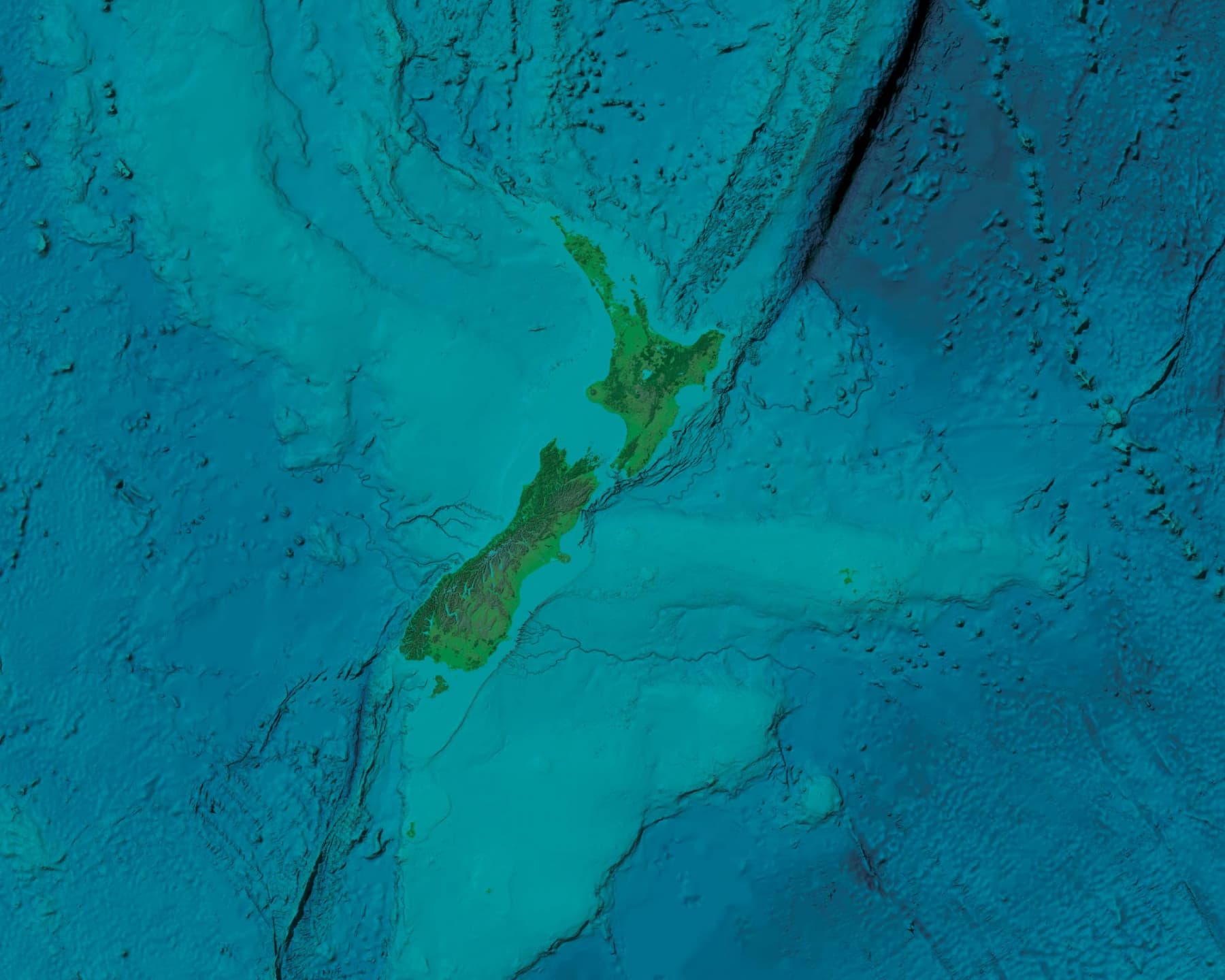Related projects & activities


Posted on Monday 30 November 2020
Although we have comprehensive data for much of the coast and and some offshore areas like the Chatham Rise, large parts of the EEZ (exclusive economic zone) remain unsampled because marine surveys in deep offshore habitats are logistically difficult and expensive. Gradient Forest models can help bridge this gap.
View/download: Filling gaps in marine data using Gradient Forest models
“New Zealand has hundreds of detailed species distribution models, which is unusual,” says Fabrice Stephenson, the lead author and a marine modeller at NIWA. “But these models only cover a tiny fraction of our marine species, and don’t include rare species that are most in need of protection. For most of our vast marine area – which is around 4.1 million km2 – we have no idea what species are where, and in what numbers. This level of uncertainty makes life extremely difficult for marine managers.”
This guidance, based on two peer-reviewed scientific papers, shows how GF models can help marine managers bridge these data gaps to make robust decisions about biodiversity conservation and resource use by:
“It breaks the EEZ down into easily comprehensible units that are practically much easier to manage, and require less data to run, than considering hundreds of species individually,” says Carolyn Lundquist, who led the Spatially-explicit decision support tools project. “It’s also more holistic: the communities better reflect the real ecosystem, because species are never in isolation – they interact with each other and their environment; and the assemblages act as proxies for rare species that we have no data for.”
The researchers used the assemblages to determine optimal locations for biodiversity conservation, and to explore trade-offs between resource use and biodiversity conservation.
As well as supporting biodiversity and conservation planning, the findings will help businesses with their investment planning by providing more certainty and robust decision-making about where commercial (and other) activities can/can’t take place.
